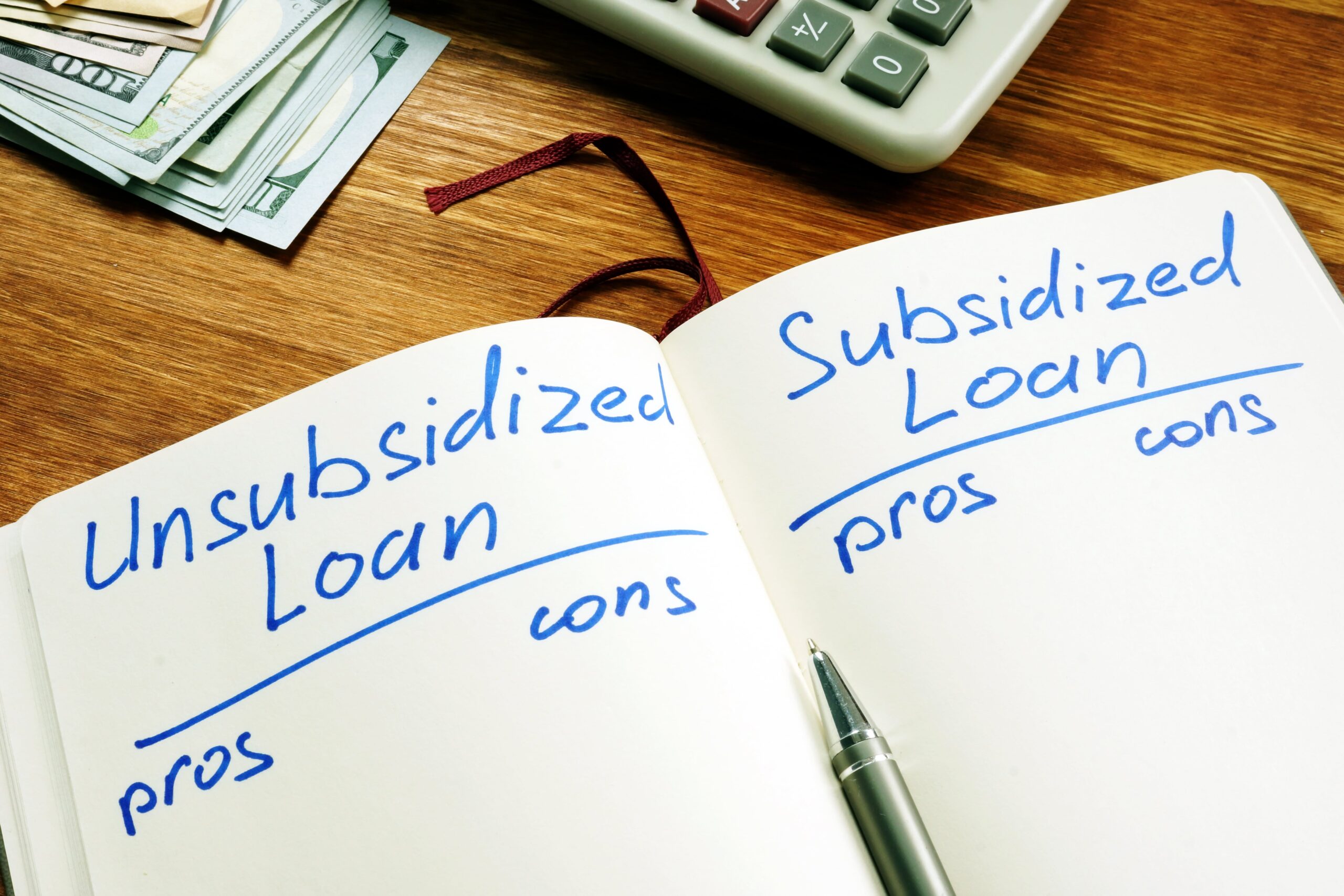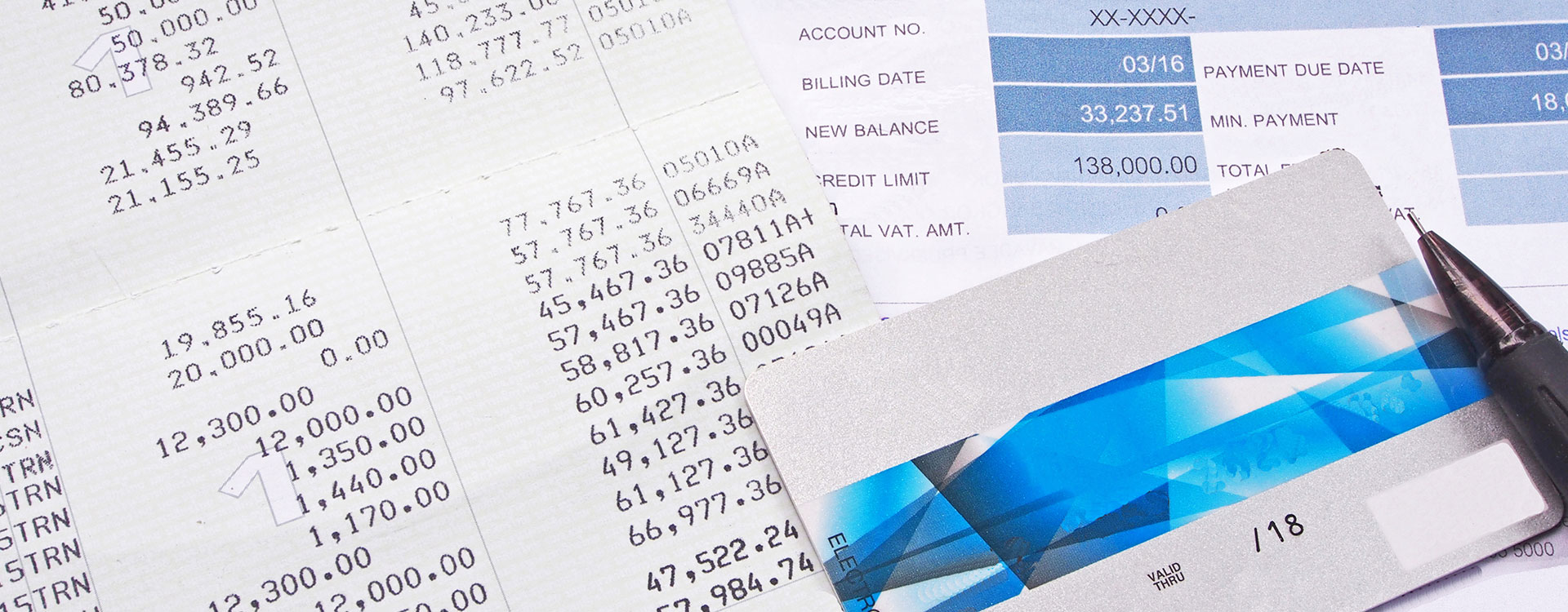If you're considering taking out a loan for college or graduate school, read this first.
Getting a loan can have a long-term impact on your financial journey and can sometimes result in debt.
There are two types of student loans available: subsidized and unsubsidized.
One loan is not necessarily better than the other, but each has different benefits that may make them more or less attractive to borrowers.
Understanding the difference between the two types of loans is necessary before taking out any student loans.
What Is A Subsidized Loan?
Subsidized loans are loans given to students with financial needs.
The government pays interest on these loans while the student is in school.
This period is known as their grace period. Subsidized loans are appealing because they offer a lower interest rate and do not accrue interest while the borrower is in school.
Additionally, subsidized loans also offer a grace period of six months after graduation before repayments begin.
This can be helpful for borrowers who are still looking for employment or who need time to get their finances in order before starting to repay their loans.
What Is An Unsubsidized Loan?
Unsubsidized loans are loans that are not given based on financial need.
Unlike subsidized loans, the student is responsible for paying the interest on these loans from the time the loan is taken out.
Because of this, subsidized loans have lower interest rates than unsubsidized loans.
Unsubsidized loans are appealing to students because they do not require the borrower to demonstrate financial need.
This means that more students are eligible for this type of loan than for other types of financial aid.
Second, unsubsidized loans are available to both undergraduate and graduate students. This means that more students can take advantage of this type of loan.
Finally, the interest accrues from the time the loan is disbursed. This means that the borrower will not have to pay any interest until after they graduate or leave school.
Subsidized vs. Unsubsidized Loans: Which Is The Best Option For Me?
At this point, you might be wondering which type of loan is the best option for you.
Ultimately the decision depends on your unique financial situation.
If you think you have trouble paying back a loan or don't want to accrue interest while you're in school, a subsidized loan is a better option.
On the other hand, if you don't think you'll have any trouble paying back a loan, or if you're okay with accruing interest while you're in school, an unsubsidized loan may be a better option.
If you find you're eligible for both, a subsidized loan might be a better option if you think you may have trouble paying back your loans.
That's because the government will pay the interest on your loan while you're in school and during certain periods after you graduate.
With an unsubsidized loan, you'll be responsible for the interest from the time you take out the loan.
If you're not sure whether you'll have trouble paying back your loans, an unsubsidized loan might be a better option. That's because you'll only accrue interest on the loan while you're in school and during certain periods after you graduate.
Regardless of the loan type you choose, remember to always stay on top of your payments and make sure you're using your loans for educational expenses. You'll be headed down the right financial path if you do that.
How Credit9 Can Help You
At Credit9, we offer loan options that could provide you with the financial solution that works best for you.
Since 2018, Credit9 has provided over $460 Million in loans to over 36,000 of our customers, and we’re confident we can help you too.
For more information about Credit9’s unique debt consolidation services, contact us today to see how we can help you consolidate your debts and receive a free, no-obligation, and fully-customized Credit9 loan solution!



